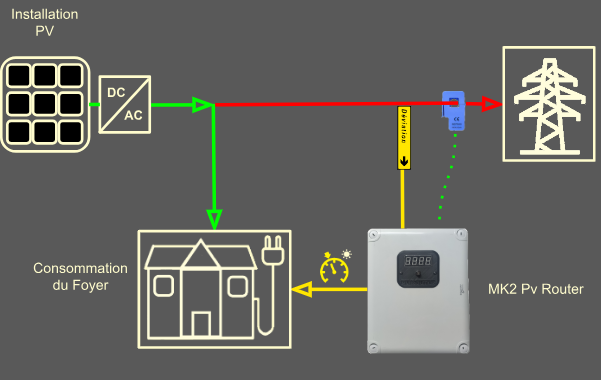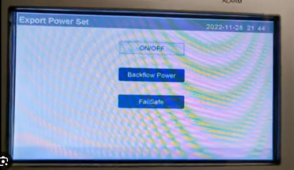Hi,
I have a behind-the-meter Huawei SUN2000 3 kW system with a 5 kWh battery which I use for self consumption only. So no export to grid as I don't have a feed-in contract anyway.
I am implementing the export limitation using the smart meter and the Huawei Fusion Solar software. It works well but a few days ago my meter was broken, I am currently waiting for the replacement.
My question is:
Would it be possible to implement zero export with a hardware (in addition to software)? Something like a breaker which would only open if there is a flow of current into the grid? When my meter was broken, until I realized it I must have exported energy to the grid. Would it be possible to avoid that with a hardware basically, which would make it impossible to export to the grid? I am thinking such an overcurrent breaker can't really exist as they sense the overcurrent regardless of the direction of the current but is there any other special hardware to realize what I am asking?
Thanks
I have a behind-the-meter Huawei SUN2000 3 kW system with a 5 kWh battery which I use for self consumption only. So no export to grid as I don't have a feed-in contract anyway.
I am implementing the export limitation using the smart meter and the Huawei Fusion Solar software. It works well but a few days ago my meter was broken, I am currently waiting for the replacement.
My question is:
Would it be possible to implement zero export with a hardware (in addition to software)? Something like a breaker which would only open if there is a flow of current into the grid? When my meter was broken, until I realized it I must have exported energy to the grid. Would it be possible to avoid that with a hardware basically, which would make it impossible to export to the grid? I am thinking such an overcurrent breaker can't really exist as they sense the overcurrent regardless of the direction of the current but is there any other special hardware to realize what I am asking?
Thanks





